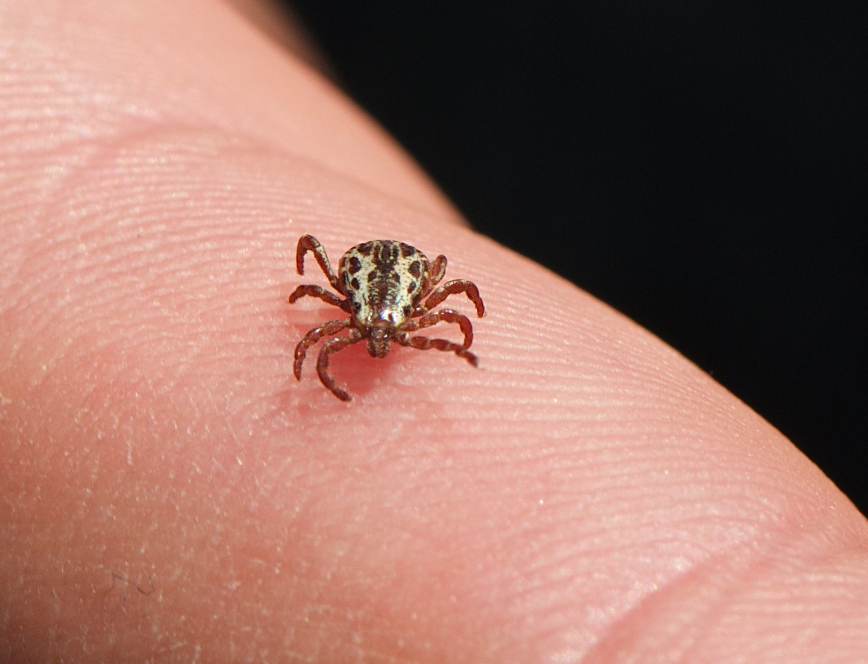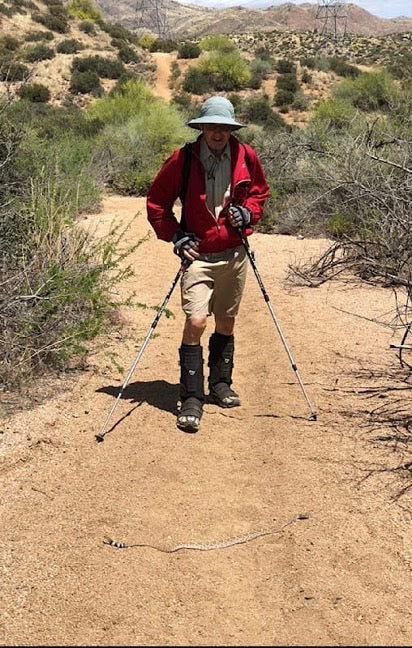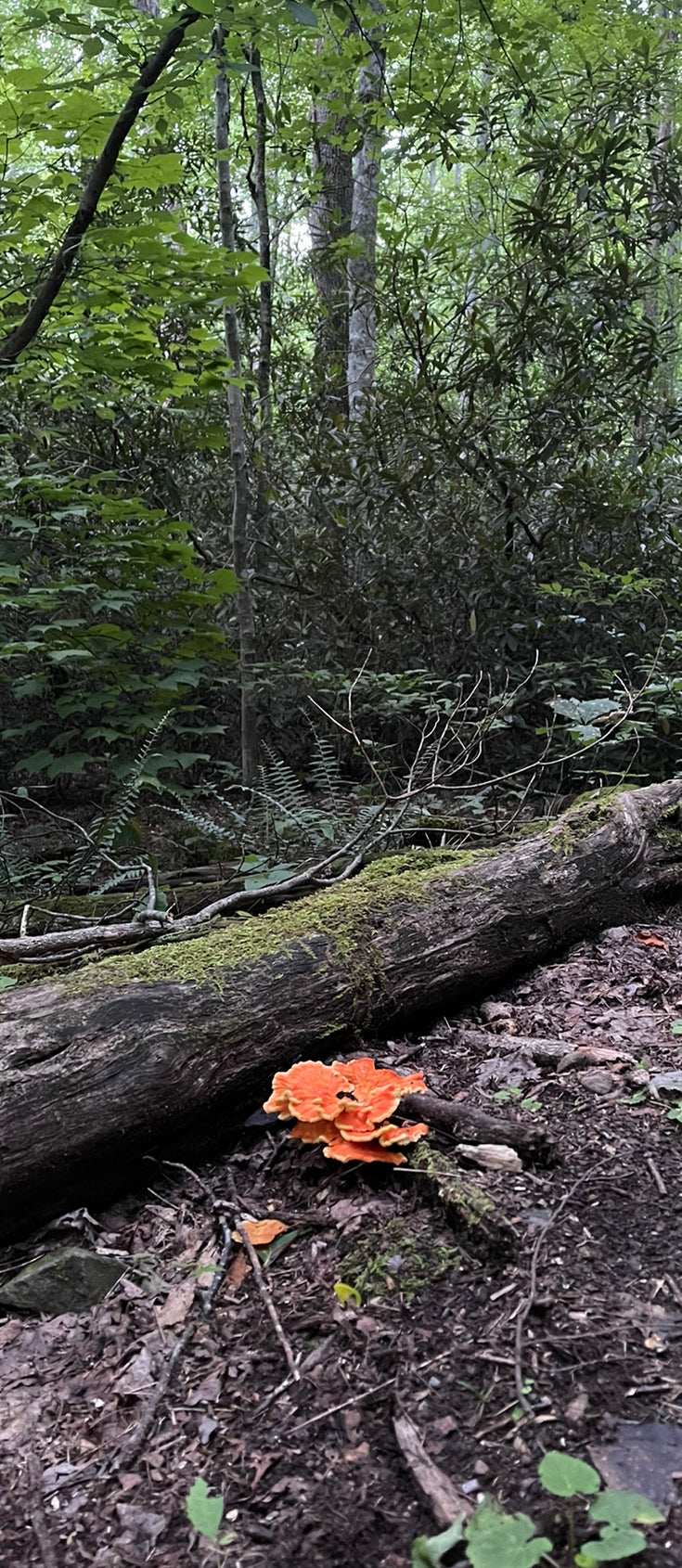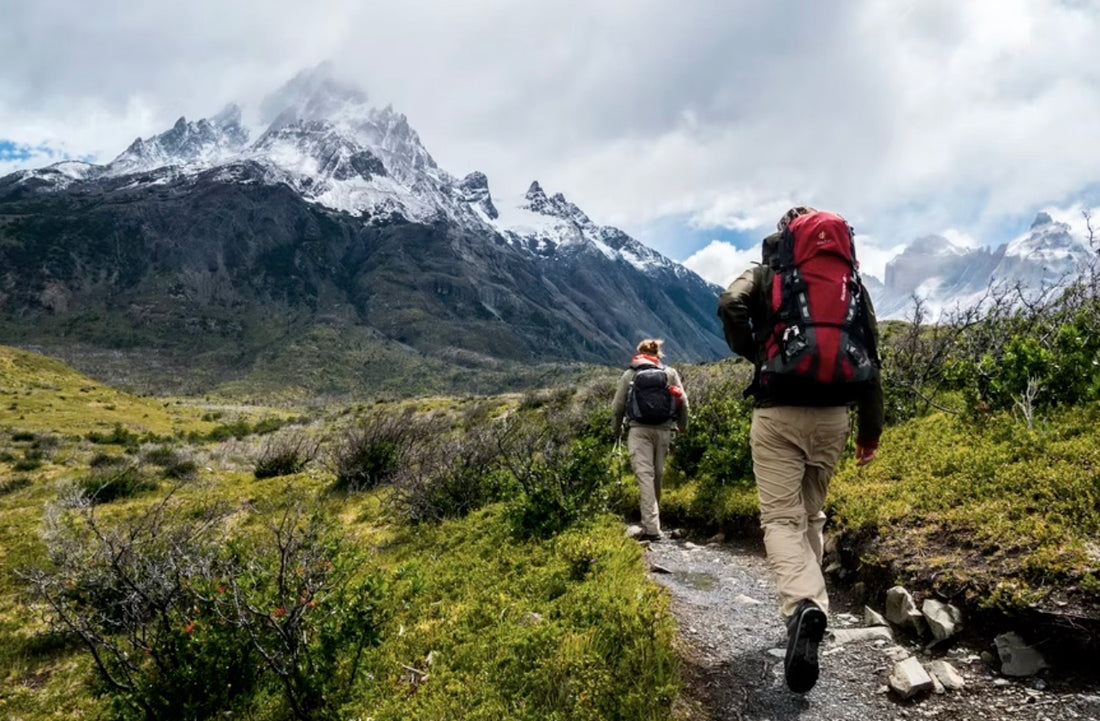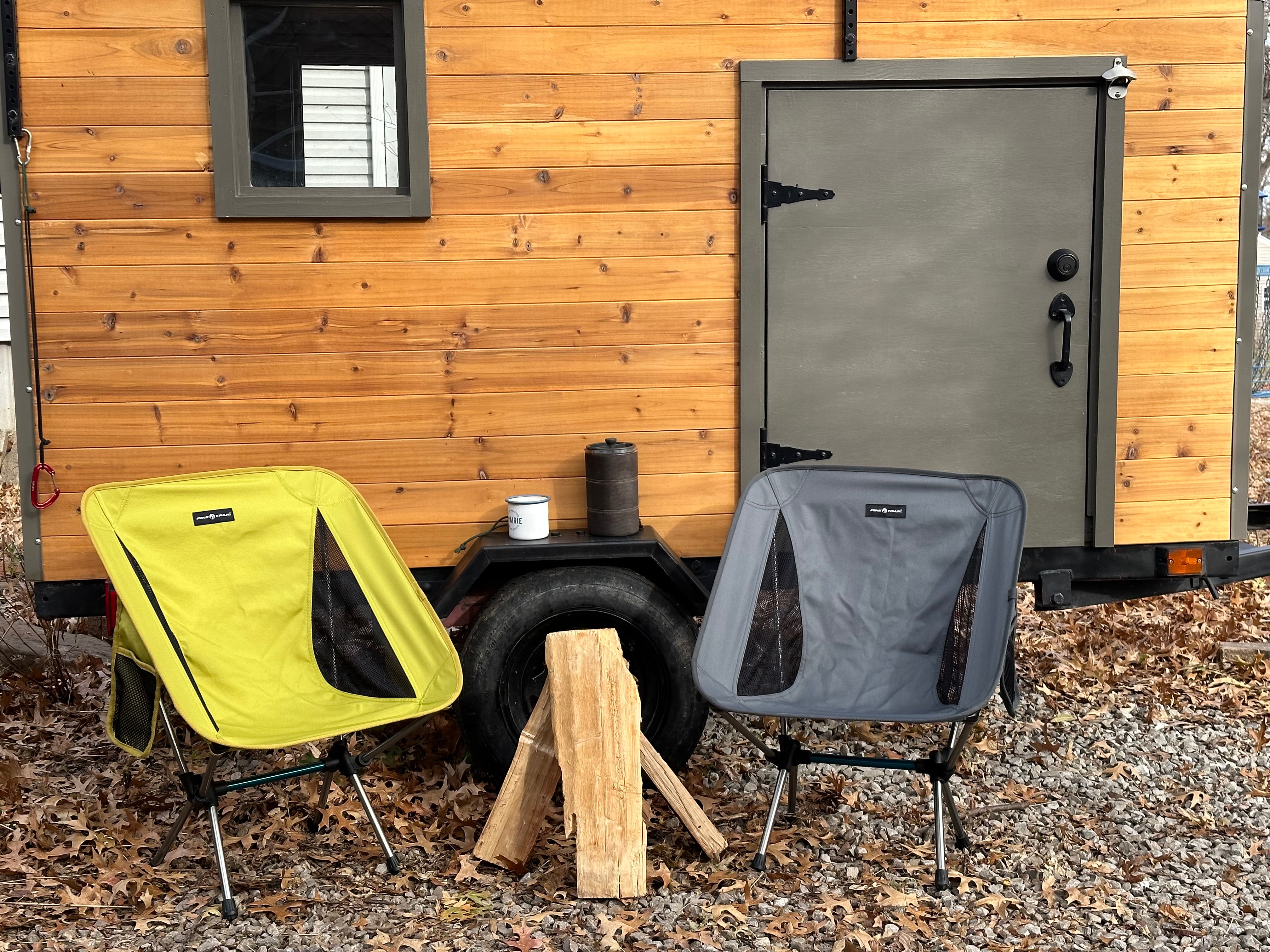Journal
Hiking Out West: Why Snake Gaiters are Your Greatest Resource
When most people think of hiking in the western United States, they imagine sweeping deserts, rugged mountain ranges, and breathtaking views stretching for miles. While the beauty of the West is undeniable, the reality is that many of the most popular hiking areas—like California, Nevada, and Arizona—are home to a variety of wildlife, including snakes.
Learn moreWildlife Encounters: How to Safely Interact with Animals on the Trail
Venturing into the great outdoors brings with it a sense of adventure and a chance to connect with nature in its purest form. One of the most exciting aspects of outdoor exploration is encountering wildlife in their natural habitat. However, it's crucial to remember that these animals are wild and should be treated with respect and caution.
Learn moreHiking Gaiters vs. Running Gaiters: Striking the Balance Between Lightweight and Protection
Gaiters are an essential accessory designed to shield your lower legs from various elements encountered on the trail. However, choosing the right type of gaiters is key, as the needs of hikers and trail runners differ. In this article, we will compare hiking gaiters and running gaiters, highlighting their distinct features and helping you strike the perfect balance between lightweight design and reliable protection.
Learn moreUltimate Guide to Summer Safety: Defending Against Tick and Snake Bites
Ticks can transmit diseases like Lyme disease, while snake bites can be venomous and potentially life-threatening. To safeguard yourself against these hazards, incorporating protective gear such as leg gaiters, anti-tick gaiters and snake gaiters from Pike Trail can significantly reduce the chances of bites and keep you safe during your outdoor adventures. As well as leg and snake gaiters, we will dive into the protective tick-repellent called permethrin.
Learn moreSnake Gaiters: What Are They and Should You Wear Them?
When it comes to hiking in the great outdoors, it's important to take precautions to protect yourself from potential hazards. One of these hazards that hikers may face is encountering venomous snakes. While snake bites are relatively rare, they can be incredibly dangerous and potentially life-threatening. One way to help protect yourself from snake bites while hiking is to wear snake gaiters.
Learn moreForaging Edibles is a Booming New Hobby. Learn Important Tips and Tricks For Safety and Success with this New Outdoor Activity
Foraging is a skill that allows outdoor enthusiasts to enjoy wild food for the majority of the year. Learning to explore wild areas, from local parks to national wilderness, is reason enough to be foraging. Being able to eat what you find and, in some cases, preserve the flavor of the season for weeks or months, who could pass that up? Find out why Foraging has exploded as a new hobby and how to do it right.
Learn moreSnakes on the Trail - Determining if a snake is venomous in the field
Snakes are incredible reptiles with beautiful patterns and their ability to live in some of the most rugged and diverse terrains on the planet. They are still wild animals for their awesomeness, and several species are venomous. While the rule of thumb for snake experts is: that a snake is dangerous only if you plan on bothering it. Identifying venomous snakes on the trail can give you peace of mind while hiking and, in case of a bite, a better understanding of what to do next. What is a venomous snake? Calling a snake "poisonous" isn't correct. The venom injected by a bite is what can injure a human, so venomous is the correct terminology. Types of Venomous Snakes There are four venomous snakes in the United States: rattlesnakes, copperheads, water moccasins, and coral snakes. Rattlesnakes are found in warmer climates from the country's east to the west coast. Categorized by their rattle tail, these snakes can strike a distance of 1/3rd their body length. Rattlesnakes don't always rattle, but the rattle will always be present. The diamondback rattlesnake will have a diamond pattern down its spine. Figure 1 One of our customers sharing the trail with a rattlesnake Copperheads are smaller snakes compared to rattlesnakes growing no more than three feet. Ranging from reddish-brown to tan, copperheads exhibit an hourglass pattern on their bodies. Copperheads are found in the eastern US to Texas and are often located in leafy areas near water. Most snakes will freeze when approached, and most bites from copperheads come from accidentally stepping on them. Water moccasins or cottonmouths inhabit wet and swampy areas of the southeast. Like the copperhead, they are not aggressive and can often be confused for non-venomous snakes due to their dark coloration. Water moccasins will open their mouth when threatened, showing the white inside; this is where the name cottonmouth comes from. Water moccasins swim and will occasionally snatch fish from unlucky anglers. Coral snakes stand out from the snakes on the list. Found in the eastern US, The bright colors of coral snakes make them easy to spot and also the easiest to distinguish from other non-venomous species like the king snake. Unlike the coloration of the rest of the snakes, coral snakes are always in the pattern of red and yellow bands touching each other. The pattern of the eastern king snake is similar but the red and black rings touch, making this limerick popular for hikers in the south "Red on yellow kills a fellow, red on black a friend of Jack." Figure 2 Notice the red to yellow on this coral snake. How to determine if a snake is venomous Venomous snakes will have a more angular-shaped head because of the venom-producing glands in the jaws. Pit vipers like the rattlesnake, copperhead, and water moccasin all have heat-sensing pits near the front of their snout, this may be hard to see, especially on a darker-colored snake, but it is characteristic of them still. The eyes of snakes are also indicative of how dangerous they are. Venomous snakes have narrow vertical pupils, whereas non-venomous snakes will have rounded pupils. Figure 3 While we can't see the eyes, the triangle head and pits are visible on this rattlesnake. Common sense will keep you safe with the various ways to identify the venomous species of snakes. Firstly if you see a snake, leave it alone. More people are bitten by snakes while playing with them than in any other situation. Secondly, plan your route to avoid snaky habitat. Swampy, marshy areas are great habitats for water moccasins, and rocky outcroppings are a top spot for rattlesnakes. Third, dress correctly for snakes. Snake proof gaiters are an excellent way to keep your legs safe from snake bites and any thorns and branches that may try and bust your shins. The Pike Trail snake gaiter is light enough to wear in any weather, and with full coverage, to your calf, you are safe from even the biggest snakes. Figure 4 The Pike Trail snake gaiter, don't leave home without them. Avoiding snakes is the best method to avoid being bitten; however, having a good knowledge base of snake identification and proper snake gear will provide safe adventure in the snakiest of places.
Learn moreUse These Trusted Hiking Hacks for the Best Hikes Ever
Camping or taking a break? If you take off your hiking boots, throw a dry tea bag in each one. This is one of the best hiking hacks because it helps your boots smell better and dry out faster so that they're more comfortable to put back on. This can extend the life of your hiking boots and make sure they're around for a long time so that you can keep on hiking.
Learn more7 Essential Tips for Fun and Successful Hiking with Your Dog
There's no better place to spend time with man's best friend than in the great outdoors. Here's how to go hiking with your dog and how Pike Trail can help.
Learn more




